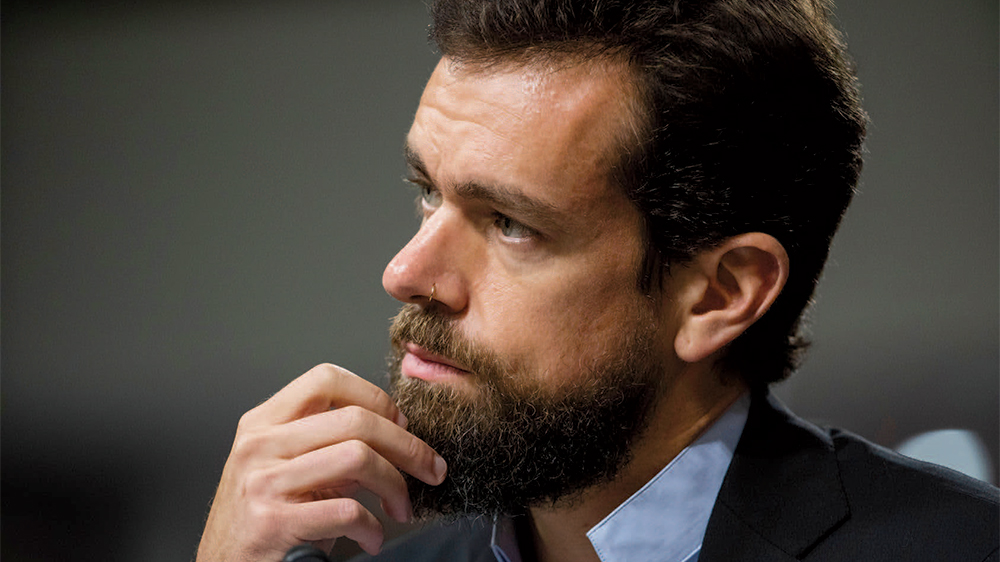Twitter Tops Q1 Financial Targets, Daily Users Up 24% Amid COVID-19 Pandemic
By Todd Spangler
LOS ANGELES (Variety.com) – Twitter’s sales grew 3% in the first quarter of 2020 — hampered by the coronavirus outbreak — while the company netted a whopping 14 million daily active users, up 24% year over year and its biggest-ever annual gain. But the company may be facing ongoing ad-spending declines in the second quarter.
Overall, the social network beat Wall Street’s lowered expectations. Revenue was $808 million in Q1, up 3% year over year, “reflecting a strong start to the quarter that was impacted by widespread economic disruption related to COVID-19 in March,” CFO Ned Segal said in prepared comments. People “flocked to the service in March to find out about COVID-19,” he added on the earnings call.
Twitter posted a Q1 net loss of $8 million; adjusted net income was $66 million (or 11 cents per share). Analysts expected Twitter to report $776 million in revenue and adjusted EPS of 10 cents.
In reporting Q1 results, Twitter declined to provide an outlook on the business for the current quarter (and previously withdrew its full-year 2020 guidance ). “Given the unprecedented uncertainty and rapidly shifting market conditions of the current business environment, we are not providing quarterly revenue or operating income guidance for Q2,” the company said.
While Twitter came in above analyst forecasts, those were already revised downward after the company last month warned investors that expected to miss Q1 targets because of the COVID-19 pandemic.
Twitter said that from March 11-31, total ad revenue declined about 27% year-over-year. The downturn was “particularly pronounced in the U.S.,” the company said, while “advertising weakness in Asia began to subside as work and travel restrictions were gradually lifted.”
While Twitter didn’t offer specific guidance on Q2, Segal pointed analysts to the March decline as an indication of ad spending through April, saying that “gives you a good sense of what it’s been like for us.”
Shares of Twitter were down over 6% in pre-market trading, as investors digested the results and Segal’s remarks about current-quarter trends. Previous earnings reports from Facebook and Alphabet (Google’s parent company) indicated that their early second-quarter digital advertising demand was stabilizing after plunging in March.
Twitter also said it was pulling back on its hiring, now expecting it to be flat for 2020. Previously it had planned to grow headcount this year by 20% or more compared with its roughly 4,900 employees at the end of 2019.
“In this difficult time, Twitter’s purpose is proving more vital than ever,” Twitter CEO Jack Dorsey said in announcing results. “We are helping the world stay informed, and providing a unique way for people to come together to help or simply entertain and remind one another of our connections…. Public conversation can help the world learn faster, solve common problems, and realize we’re all in this together. Our task now is to make sure we retain that connection over the long term with the many people new to Twitter.”
Total ad engagements increased 25% year-over-year in the first quarter, Twitter said. U.S. revenue totaled $468 million, up 8% year-over-year, while international revenue dropped 4% to $339 million.
Average monetizable daily active users — a.k.a. mDAU, a metric invented by Twitter to reflect the number of users it is able to serve ads to — were 166 million for Q1, compared with 134 million in the prior-year period and up from 152 million in the previous quarter. Average U.S. mDAU were 33 million for Q1, up 17% year-over-year and a net gain of 2 million from 31 million in Q4.
Twitter said it made progress in Q1 on two ad-tech fronts. The first area was on its ad-server rebuild, which it hopes to complete by the end of Q2 to provide more efficient operation and more flexibility to experiment with new formats. The second area was Twitter’s Mobile Application Promotion (MAP) product, which it recently began pilot-testing with a few advertisers. MAP is a suite of products that lets advertisers promote mobile apps via Twitter, and the company hopes that can help boost its ability to capture direct-response ad spending “that may be more resilient through an economic downturn.”

